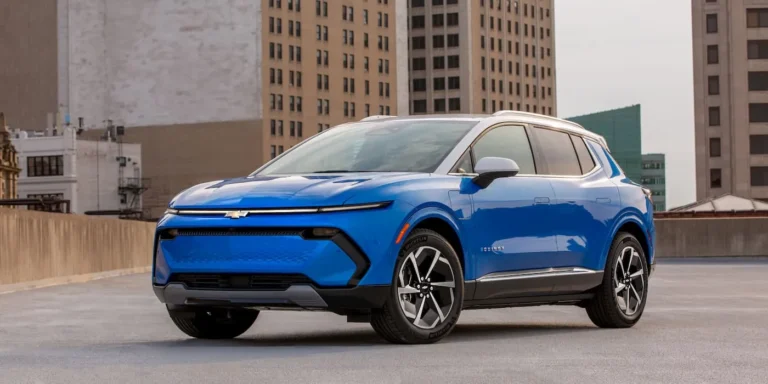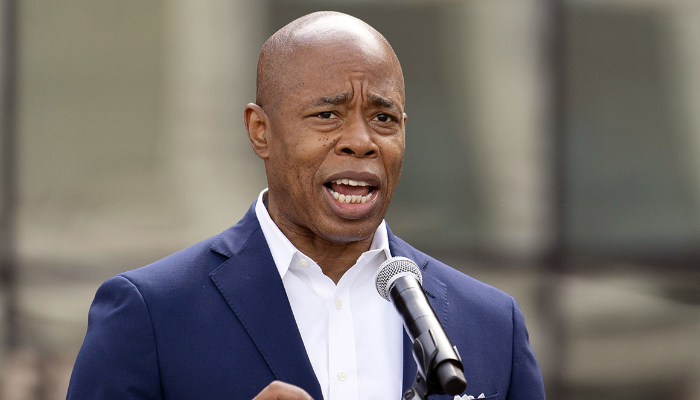
As the holiday season approaches, families often debate whether to purchase an eco-friendly Christmas tree or an artificial one. Each option presents unique environmental implications, and making an informed choice can contribute to a more sustainable holiday celebration.
Key Takeaways
- Artificial Trees: Made from PVC, artificial trees have a high carbon footprint, take up to 400 years to decompose, and are mostly manufactured in China.
- Real Trees: Renewable and sourced locally, real trees absorb about 48 pounds of CO2 annually, supporting carbon sequestration.
- Local Sourcing: Buying real trees from local farms reduces transportation emissions and bolsters local economies.
- Sustainable Practices: Christmas tree farms promote wildlife habitats and soil health through sustainable farming practices.
- Consumer Choices: Consider the lifecycle of trees; real trees can be recycled, while artificial ones need 10-20 years of use to offset their environmental impact.
Do Artificial Christmas Trees Have a Negative Environmental Impact?

Production and Materials
Artificial Christmas trees are primarily made from polyvinyl chloride (PVC) and metal, materials that have significant environmental footprints. The production of PVC involves the extraction of fossil fuels and significant energy consumption. According to a report from The National Christmas Tree Association, around 85% of artificial trees sold in the U.S. are manufactured in China. This international shipping contributes to a higher carbon footprint, with estimates suggesting that transportation can add up to 30% more emissions compared to local sourcing.
Furthermore, artificial trees are not biodegradable. They can take up to 400 years to decompose in landfills, releasing harmful chemicals into the environment over time. While some companies are working on more sustainable alternatives, the vast majority of artificial trees remain non-biodegradable.
Chemical Concerns
In addition to their long lifespan in landfills, PVC production is associated with the release of toxic chemicals, including dioxins, which can be harmful to both human health and the environment. The manufacturing process can contribute to air and water pollution, raising concerns about the overall ecological footprint of artificial trees.
Why Are Real Christmas Trees a More Sustainable Option?

Renewable Resource
Real Christmas trees are often grown specifically for the purpose of being harvested. The U.S. Christmas Tree Association reports that for every tree cut down, 1 to 3 new trees are typically planted. This practice promotes sustainable forestry and ensures a continuous supply of trees.
Carbon Sequestration
While growing, real trees absorb carbon dioxide, helping to mitigate climate change. A study from The University of Oregon suggests that a typical Christmas tree absorbs about 48 pounds of CO2 annually, which means a single tree can help offset some of the carbon emissions associated with holiday travel and festivities.
Local Sourcing
Many real trees are sourced from local farms, reducing transportation emissions compared to artificial trees that may travel thousands of miles. Supporting local businesses not only benefits the environment but also strengthens the local economy.
But Shouldn’t We Avoid Cutting Down Trees Altogether?
Sustainable Practices
Christmas tree farms operate under sustainable management practices. According to the American Christmas Tree Association, these farms provide habitat for wildlife, help prevent soil erosion, and contribute positively to the local ecosystem. Additionally, tree farms often implement practices like crop rotation and cover cropping, which enhance soil health.
Educational Opportunities
Many Christmas tree farms offer educational programs that teach visitors about forestry and sustainable practices. By choosing to buy from these farms, consumers support initiatives that promote environmental awareness and conservation efforts.
The Lifecycle Analysis of Christmas Trees
Real Christmas Trees
- Growing Phase: It takes approximately 7-10 years for a real Christmas tree to reach a height suitable for sale. During this time, the tree absorbs CO2 and provides habitat for wildlife.
- Harvesting: When a tree is harvested, it is typically replaced with new seedlings, ensuring that the cycle continues.
- Post-Season: After the holidays, real trees can be composted or recycled into mulch, which enriches the soil and promotes further plant growth.
Artificial Christmas Trees
- Manufacturing: The production of a single artificial tree generates more emissions than the average real tree would over its entire lifecycle. Estimates suggest that a standard artificial tree can emit over 40 pounds of CO2 during manufacturing alone.
- Use Phase: Artificial trees are designed to last; however, their longevity means they often become obsolete after years of use, leading to disposal issues.
- Disposal: With most artificial trees ending up in landfills, the long-term environmental impact remains a concern.
Making an Informed Choice
Ultimately, the decision between a real or fake Christmas tree involves weighing various environmental factors. Here are some tips to help you make a more sustainable choice:
- Research Local Sources: Look for local Christmas tree farms that practice sustainable forestry. Supporting local businesses reduces transportation emissions and helps your community.
- Consider Usage: If you choose an artificial tree, consider how long you plan to use it. Research suggests that an artificial tree needs to be used for at least 10-20 years to offset its environmental impact compared to a real tree used for a single season.
- Eco-Friendly Disposal: If you opt for a real tree, ensure it is properly disposed of after the holidays. Check for community recycling programs or composting options to minimize waste.
- Think Beyond Trees: Enhance your holiday sustainability by considering other aspects, such as decorations, lights, and gift-wrapping. Using natural materials, energy-efficient lights, and reusable decorations can further reduce your holiday footprint.
In the debate between real and fake Christmas trees, real trees generally emerge as the more sustainable option, especially when sourced locally and managed responsibly. They offer renewable benefits, support local ecosystems, and contribute to carbon sequestration. While artificial trees may seem convenient, their long-term environmental impact can be significant, particularly due to their production and disposal challenges.






